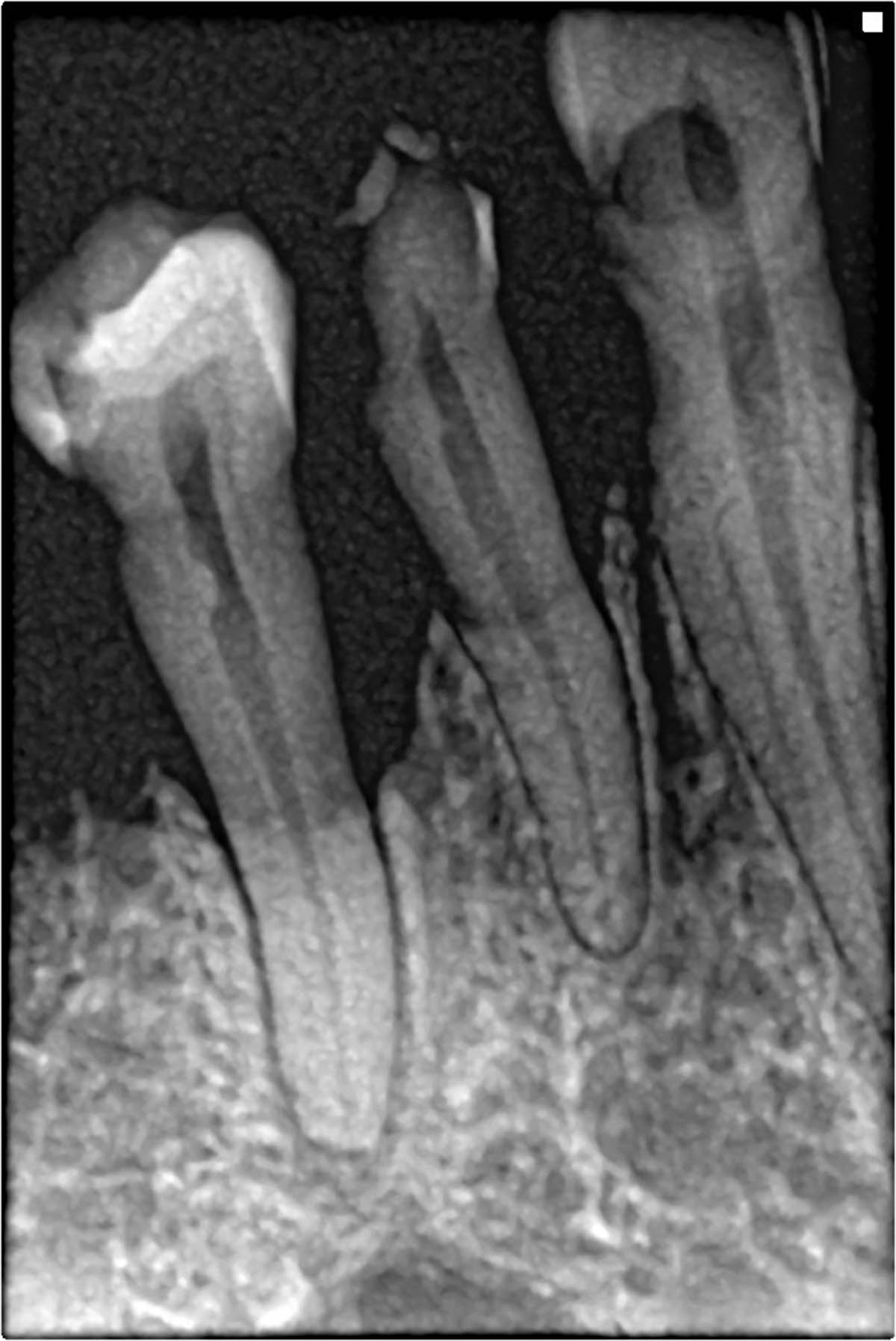
Introduction to bone loss in teeth
We all know that the teeth are very important. The tooth is held in place in the mouth with the aid of supporting structures that are known as periodontium.
This consists of gums, periodontal fibers, cenemtum and bone.
Within the jaw bone, there are sockets in which the teeth are held in place. Sometimes, a recession in the bone occurs, and this is caused by a bone loss in teeth.
This can have serious consequences for a person’s dental health.
Causes
The main cause of bone loss in teeth is periodontal disease. This condition starts off with gum disease, and the actual root of the periodontal disease is untreated gum problems. When this occurs, the periodontium is inflamed, which leads to chronic periodontitis. Other similar conditions related to the gums include periodontitis, necrotizing ulcerative periodontitis, abscess of the periodontium and periodontitis stemming from a systemic disease.
Anther common problem that can lead to bone loss in the teeth is tooth infection. When a person experiences tooth decay, the infection will go through the enamel and enter the pulp of the tooth. This infection then goes all the way to the root canal and leads to a tooth abscess.
This causes the bone present in the root of the tooth to fall apart slowly.
Generally poor oral hygiene is another common cause. When too much plaque accumulates around the ends of the tooth an infection will occur, which will lead to inflamed gums and dental bone loss.
Poor restorations can also make it hard to maintain proper oral hygiene, especially, crowns that are too tight and dental crowding.
Symptoms
One of the main symptoms of bone loss is redness and bleeding from the gums. The gums will bleed most during brushing or when eating food.
The gums may also become swollen around the tooth and will become very tender. People might also start to notice bad breath, especially if they have chronic periodontitis.
Receding gums are another common symptom of bone loss in teeth. This recession in the gums is caused by trauma and the infection’s progression to the root canal.
Deep pockets will also be noticeable between adjacent teeth. As the bone loss continues to progress, the teeth will become loose and could start to fall out as well.
TreatmentThe worst thing about this condition of bone loss in teeth is that there is no reversible or permanent treatment to repair the damage that has been done.
In this case, prevention is the best treatment, and it is of utmost important to practice proper dental and oral hygiene on a regular basis, which includes brushing at least twice a day, flossing and using mouthwash to kill bacteria in the mouth regularly.


,-Don't-Ignore-Receding-Gums_f_280x120.jpg)
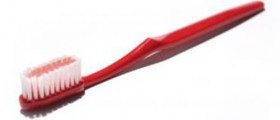
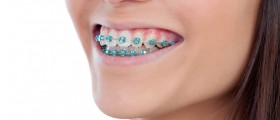
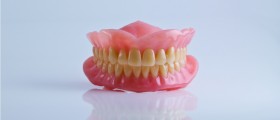
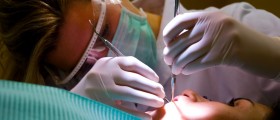
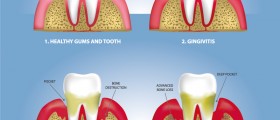




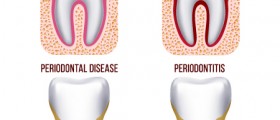

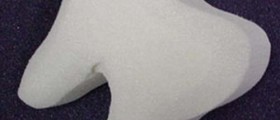


Your thoughts on this
Loading...